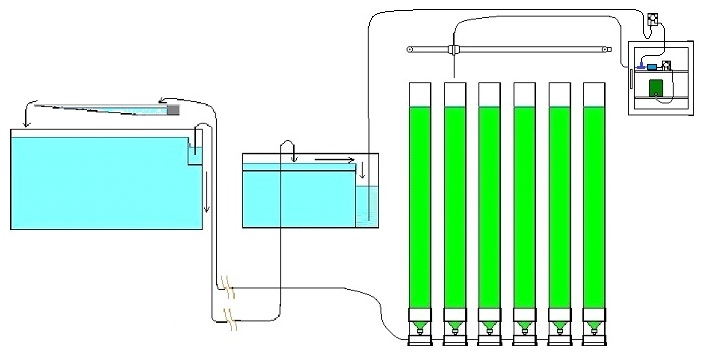Aquabacs
New member
Thx you!
A couple more questions:
1. Seems like most of you guys end up using BRS dosing pump? Would the pinching action smash / destroy the larger food particle like Roti-Feast?
Using the GHL/Profilux dosing system but other systems can be used to provide similar results but can require more refrigerator room. Would have minimal concern over the pinchin of the rotifers
2. Oil that came with most liquid food I fed stop the skimmer for a few hours, wouldn't continuously feeding throughout the day almost means no skimming most of the time? Have you notice any significant difference in skimmate production?
Have adjusted the system to dose feeds 4 times a day. With reducing the intervals provides more recovery time for the skimmer. Best practice would to be observe the performance of feeding intervals (4x,5x,6x,etc) view how they effect your total system (skimmer, parameters, livestock) and adjust to your individual needs.
Mike



